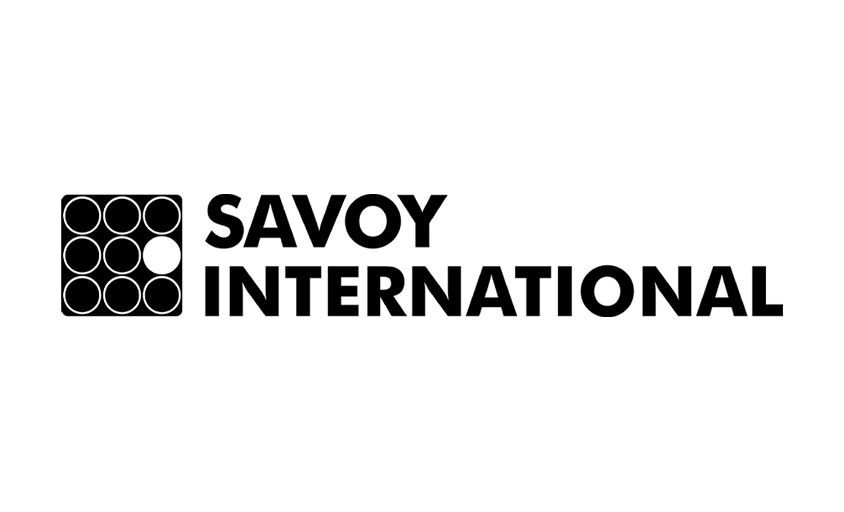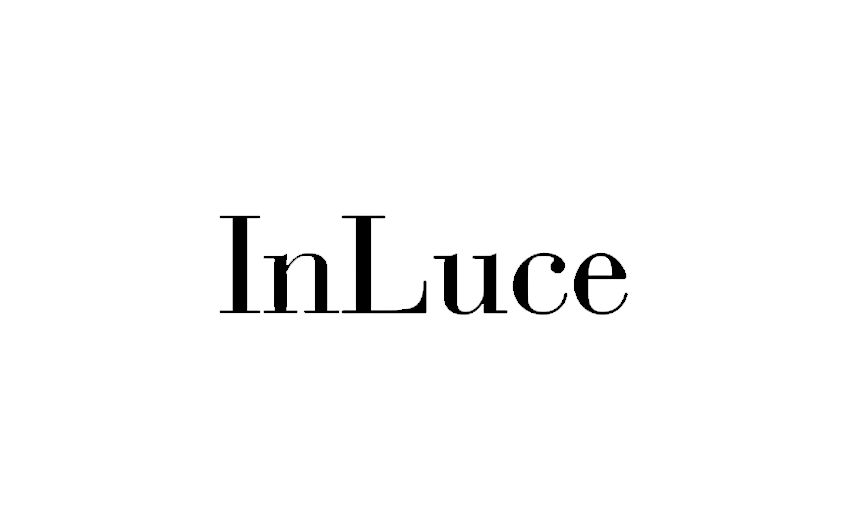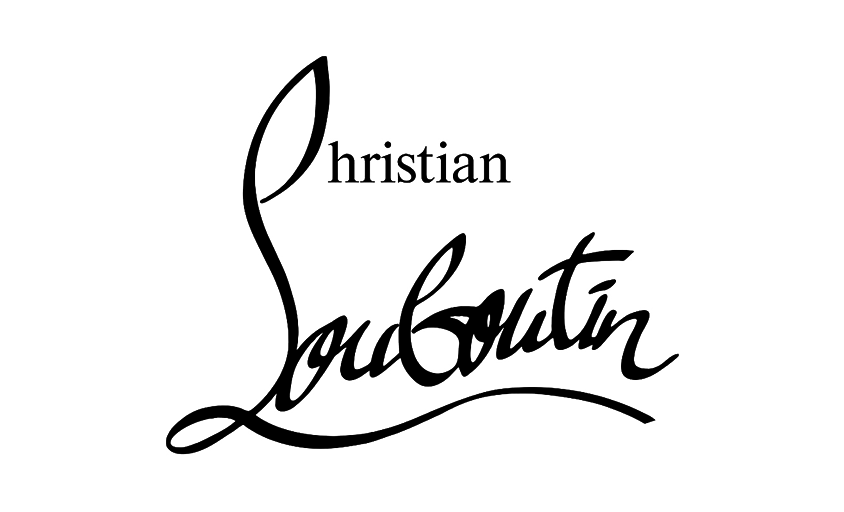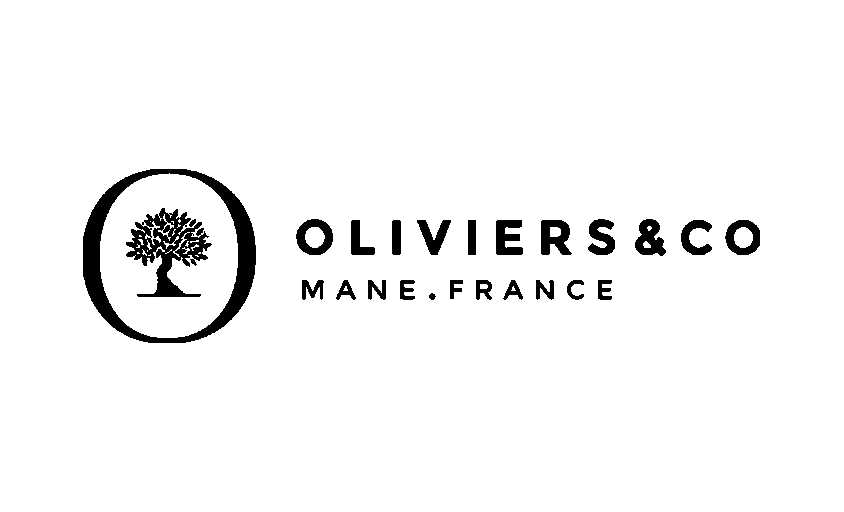The Vintage Cameras
In this article :
Vintage cameras, with their distinctive shapes and delicate mechanics, are not just relics of the past; they embody the fascinating evolution of photography and cinema. While modern technology allows images to be captured in the blink of an eye with sophisticated digital devices, vintage cameras played a crucial role in the democratization of the art of photography and filmmaking. In this article, we delve into the history of these vintage devices, their unique characteristics, and why they continue to captivate the imagination of contemporary photographers and filmmakers.
1. The History of Vintage Cameras
The history of vintage cameras is closely tied to the early days of photography itself. In the 19th century, when photography was still a budding invention, many rudimentary cameras were created to make this new art form accessible. The first photographic camera, the camera obscura, was actually quite a simple device that allowed light to pass through a small hole and reach a surface. However, it wasn’t until the mid-19th century that modern cameras capable of capturing lasting images were created.
Vintage cameras, whether box cameras, stereoscopes, or the early reflex models, marked a significant milestone in the evolution of photography. The Kodak Brownie, for instance, created in 1900, democratized photography by offering a simple and affordable device that allowed anyone to take pictures.
2. The Different Types of Vintage Cameras
Vintage cameras are diverse, each with its own specific features and advantages. Here are some of the most iconic types:
Box Cameras
These simple and affordable cameras were among the first to make photography accessible to a wide audience. Extremely popular in the early 20th century, they were equipped with a fixed lens and allowed photos to be taken on 120 film. The Kodak Brownie is the perfect example of this category, offering great simplicity in a box format that required only winding the film and pressing the shutter button.
35mm Film Cameras
35mm cameras are perhaps the most recognizable and were widely used throughout the 20th century. The 35mm format was introduced by Leica in the 1920s and became the standard in the photography industry. These compact and robust cameras played a central role in modern photography, with iconic models like the Canon AE-1 and Nikon F.
Medium and Large Format Cameras
Medium format (120mm) and large format cameras (4×5, 8×10 inches) were mainly used for high-quality photography, often in studios. These cameras offered much higher resolution than 35mm cameras and were often used by professional photographers. Models like the Hasselblad 500C and Deardorff cameras are classic examples of this type.
Stereoscopic Cameras
Stereoscopic cameras were designed to capture images in three dimensions. They used two lenses to simultaneously take two slightly offset photos, creating a sense of depth when viewed through a stereoscope. These cameras were popular in the late 19th and early 20th centuries.
3. The Unique Features of Vintage Cameras
Vintage cameras stand out for their characteristics which, though less sophisticated than modern devices, offer a different, slower, and more thoughtful photographic experience.
Mechanical and Simple Design
Most vintage cameras are entirely mechanical. Unlike modern cameras with complex electronic components, these devices had minimal electronics, making them simple, reliable, and durable tools. A photographer had to master manual settings to adjust shutter speed, aperture, and focus.
Image Quality and the Charm of Grain
Film photography, which was typically used with these cameras, creates images with a particular depth and organic grain, which is difficult to replicate in digital images. The characteristic grain of film gives a certain charm to the image, which many contemporary photographers still seek, especially for portraits or street photography.
Color Rendering and Contrast
Vintage cameras, combined with vintage film, offer color and contrast rendering that is often softer and less perfect than those produced by digital cameras. These characteristics, including slight sharpness loss and softened edges, contribute to a retro and timeless aesthetic that is still appealing today.
4. Why Do Vintage Cameras Continue to Captivate?
Although digital photography is now the norm, vintage cameras continue to captivate many enthusiasts, artists, and even professionals. Here are a few reasons for this phenomenon:
Nostalgia and Authenticity
Vintage cameras embody a certain romance and nostalgia. For many photographers, these devices represent a connection to the past, a time when each photo was precious and required greater commitment. Vintage cameras offer an authentic photographic experience, free from digital distractions.
Hands-On Learning and Conscious Shooting
Using a vintage camera requires a practical understanding of photographic techniques. Photographers must take the time to compose each image and master technical aspects like exposure and focus. This leads to a more thoughtful and deliberate approach to photography, in contrast to the speed of digital shooting.
Artistic Preferences
Many contemporary photographers choose to use vintage cameras for their unique aesthetic. Whether for the film grain, soft colors, or distinctive contrast, vintage cameras can produce images that cannot be replicated with modern devices. This authenticity is particularly sought after for artistic projects or portraits.
Conclusion
Vintage cameras have played a fundamental role in the history of photography and cinema. Despite technological advancements and the dominance of digital cameras, they maintain a special place in the hearts of photographers. Their simple mechanics, distinctive image quality, and ability to create unique renders continue to enchant many around the world.
If you want to dive into the history of photography or rediscover the art of film, why not try a vintage camera? Each photo taken becomes a work of art, showcasing the charm and authenticity of photographs from the past.
Jérémy Carlo is the editorial director at Rétines, where he ensures the consistency and clarity of all content produced by the studio.
Our Clients
Let’s discuss
What we do for you at Rétines
Meticulous work, an organised project and fast delivery. And to achieve this, we mobilise the right resources in our teams at the right time.
01
Pre-production
Artistic and technical direction tailored to the project.
Relevant recommendations on content, form and resources.
02
Photo Shooting
Photos taken by our experienced photographers.
Production that’s controlled, efficient and tailored to the needs of the project, with nothing superfluous.
03
Retouching
Technique
Photographs magnified by our retouching team.
Post-production to meet the commercial challenges of the brief.












